Wildfires causes: Understanding the flames that devastate


· 12 min read
This article is part of an educational series to spread free & quality sustainability knowledge for all.
Wildfires, with their raging flames and billowing smoke, have the power to transform landscapes within a matter of hours. Each year, these infernos leave a trail of destruction, consuming everything in their path and threatening lives, livelihoods, and ecosystems. In fact, did you know that in 2021 alone, wildfires burned an estimated 7 million acres of land in the United States, an area roughly equivalent to the size of Massachusetts? The causes behind these devastating events are diverse and multifaceted, ranging from natural phenomena to human activities. This article aims to explore the multifaceted causes of wildfires and delve into their far-reaching implications. By understanding the diverse factors that contribute to these devastating fires, we can take meaningful steps towards prevention, mitigation, and protecting our ecosystems and communities from their destructive effects.
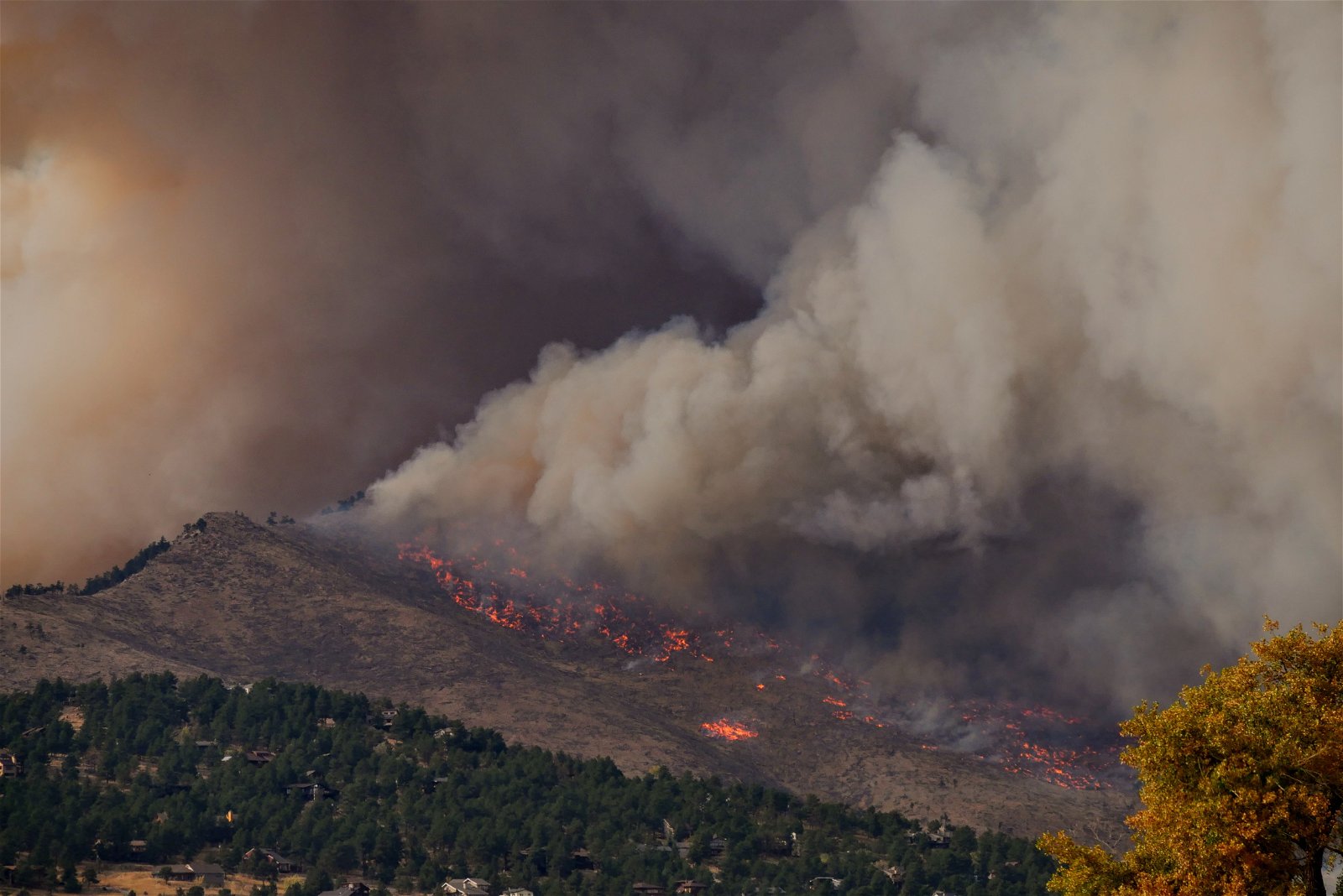
Also known as wildland fires, the causes of wildfires are varied and complex. Wildfires are usually caused by human activity or natural phenomena like lightning. Understanding these causes is crucial for effective wildfire management and prevention. In this section, we will delve into the key factors that contribute to the ignition and spread of wildfires, shedding light on the intricate web of elements that fuel these destructive forces of nature.
Human-caused wildland fires are a significant contributor to the overall wildfire problem. These fires result from various human activities and behaviors, often unintentional but occasionally deliberate. Understanding the different forms of wildfires caused by human activities is essential for implementing effective prevention strategies.
One notable form of human-caused wildfire is debris burning. Burning debris involves the outdoor burning of accumulated vegetative materials, such as branches, leaves, and bushes, as a means of waste disposal. While this practice may seem innocuous, it can quickly escalate into a dangerous wildfire under unfavorable conditions. Improperly managed debris burning, such as leaving fires unattended or failing to control their size and spread, poses a significant risk.
Debris burning as a human-caused wildfire has several underlying causes. It is often the result of land clearing for agriculture, construction, or landscaping purposes. Additionally, individuals may engage in burning debris as a means of waste disposal in residential areas or rural settings where alternative waste management options are limited. However, the combination of dry vegetation, strong winds, and inadequate fire control measures can lead to disastrous consequences.
The implications of burning debris as a human-caused wildfire are far-reaching. It can result in the rapid spread of fire to adjacent vegetation, structures, and natural habitats, endangering lives, property, and ecosystems. Wildfires caused by burning debris can also pose a significant burden on firefighting resources and efforts, diverting resources from other critical areas and potentially leading to increased damage and loss.
Most wildfires caused by humans are due to negligence, and discarded cigarettes are good examples. Discarded cigarettes are a common cause of human-caused wildfires, especially in areas prone to dry conditions. When cigarette butts are carelessly thrown onto dry vegetation, such as grass, shrubs, or forest floors, they can ignite and start a fire. The heat retained in the burning tobacco and the smoldering embers can easily ignite surrounding flammable materials, leading to the rapid spread of fire.
The risk of cigarette-caused wildfires is particularly high in regions where hot and dry weather prevails, as the vegetation becomes highly susceptible to ignition. Even a small ember from a cigarette butt can smolder for an extended period, especially if it lands in dry and combustible materials. Strong winds can carry the ember further, increasing the chances of a fire igniting and spreading.
Equipment sparks refer to the sparks generated by various equipment and machinery, such as power tools, chainsaws, or vehicles, that can inadvertently ignite wildfires. These sparks can occur due to friction, electrical malfunctions, or the contact of metal parts with rocks, flammable debris, or dry vegetation.
In fire-prone areas, the risk of equipment sparks causing wildfires is heightened, particularly during hot and dry conditions. When sparks come into contact with dry vegetation or combustible materials, such as grass, leaves, or bark, they can ignite and initiate a fire. The strong gusts of wind can further carry these sparks, rapidly spreading the fire to surrounding areas.
To mitigate the risk of equipment sparks leading to wildfires, precautionary measures should be taken. This includes regularly inspecting and maintaining equipment to ensure proper functioning, especially in areas susceptible to wildfires. Clearing work areas of flammable materials and debris, such as dry grass or wood chips, can also minimize the chances of sparks igniting fires. Moreover, using spark arresters on equipment, such as chainsaws or vehicles, can help prevent the release of sparks into the environment. These devices reduce the risk of sparks being emitted and decrease the likelihood of fire ignition.
Powerline failures and downed power lines can be a significant cause of wildfires. When powerlines or electrical infrastructure malfunctions occur, such as line breaks, equipment faults, or downed powerlines, they can create sparks or arcing that ignite surrounding vegetation. These sparks, combined with dry conditions, can rapidly escalate into a wildfire, especially if the fallen powerline comes into contact with flammable materials.
For instance, 12 of the catastrophic Northern California wildfires of 2017 were linked to power lines and equipment failure. In areas prone to wildfires, powerline failures pose a substantial risk due to the potential for fire ignition and rapid spread. The sparks or arcing from the powerline failures can act as an ignition source, particularly in dry and windy conditions. Once ignited, the fire can quickly engulf nearby vegetation, leading to the loss of wildlife habitats, property damage, and endangering lives.
Preventing powerline failures from causing wildfires involves regular maintenance and inspection of electrical infrastructure to identify and address potential issues promptly. Implementing safety measures such as installing fire-resistant materials around powerline structures and using technologies like fault detection systems can also help minimize the risk.
Furthermore, proactive vegetation management, such as regularly clearing vegetation and maintaining safe distances between powerlines and trees or flammable materials, can reduce the likelihood of powerline failures leading to wildfires. Collaboration between utility companies and wildfire management agencies to enhance monitoring, response, and mitigation efforts is also essential in minimizing the impact of powerline-related wildfires.
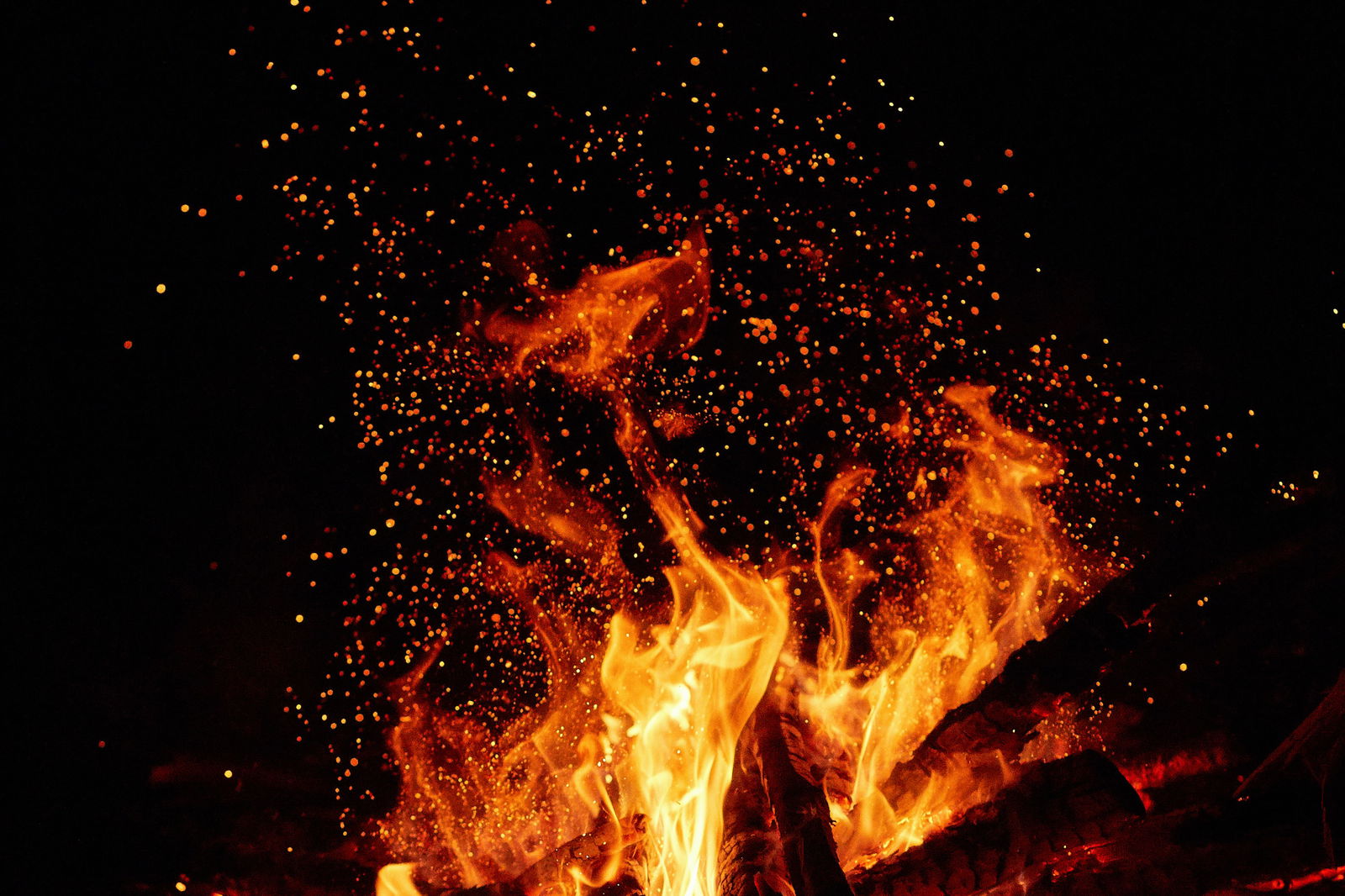
Unattended campfires are a common cause of wildfires. When people go camping, they may start a campfire and fail to extinguish it properly before leaving. The wind can blow embers or sparks from the fire onto nearby dry vegetation, which can quickly ignite and spread the fire. This can cause a catastrophic wildfire, destroying homes and habitats for wildlife.
To prevent unattended campfires from starting wildfires, it is important to ensure that campfires are started in designated fire rings or fire pits. Before leaving a campsite, the fire should be fully extinguished with water and stirred until all embers are cool to the touch. It is also important to monitor the fire constantly and keep a bucket of water or a fire extinguisher nearby in case of an emergency. By following these safety measures, we can prevent unattended campfires from causing devastating wildfires.
Sometimes, humans are not directly responsible for wildfires. Some wildfires occur naturally under certain weather conditions.
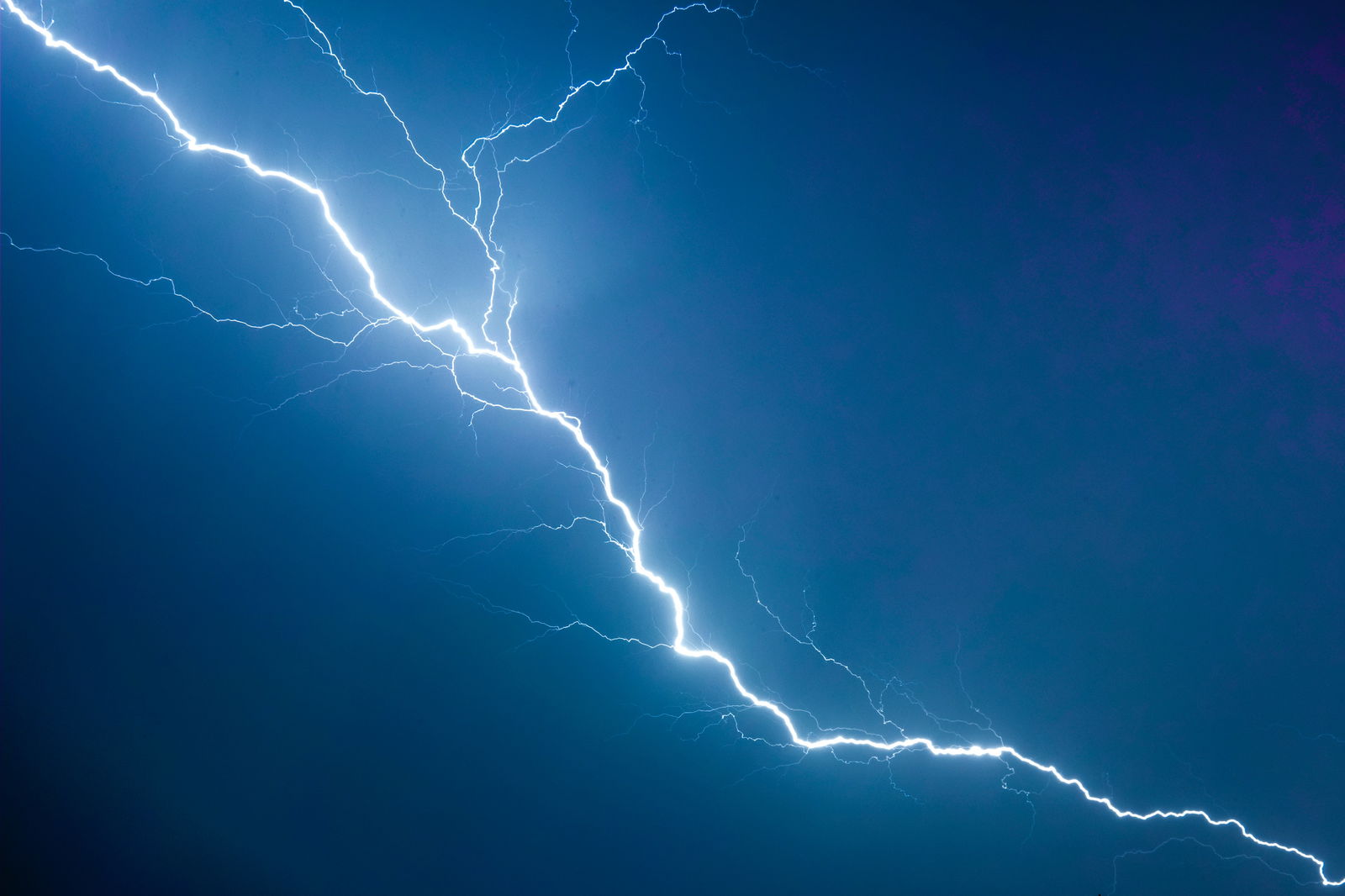
Lightning strikes during thunderstorms can ignite devastating wildfires when they hit dry vegetation or flammable materials. During thunderstorms, lightning strikes can cause wildfires by directly hitting dry vegetation or flammable materials. In fact, lightning strikes are the major cause of natural wildfires globally. It is important to note that there are two types of lightning — hot lightning and cold lightning
The high voltage and heat of the lightning discharge can instantly ignite the surrounding dry fuel, leading to the rapid spread of fire. These lightning-induced wildfires can be challenging to control, especially in remote or inaccessible areas. They are a natural phenomenon that occurs without human intervention and can have significant ecological impacts.
Volcanic wildfires are ignited by volcanic eruptions, which release intense heat, ash, and lava. The extreme temperatures and airborne particles can set fire to the surrounding vegetation, initiating volcanic wildfires. These fires can spread rapidly due to the combustible nature of the landscape and the intense heat generated by volcanic activity. The combination of molten lava, hot gases, and burning vegetation creates a dangerous and challenging fire situation. Volcanic wildfires can have severe environmental consequences, including the destruction of habitats, alteration of ecosystems, and the release of harmful gases and pollutants. They require specialized firefighting techniques and pose unique hazards for both responders and nearby communities.
Wildfires have wide-ranging and significant effects on various aspects of the environment, ecosystems, communities, and human health. Here are some key effects of wildfires:
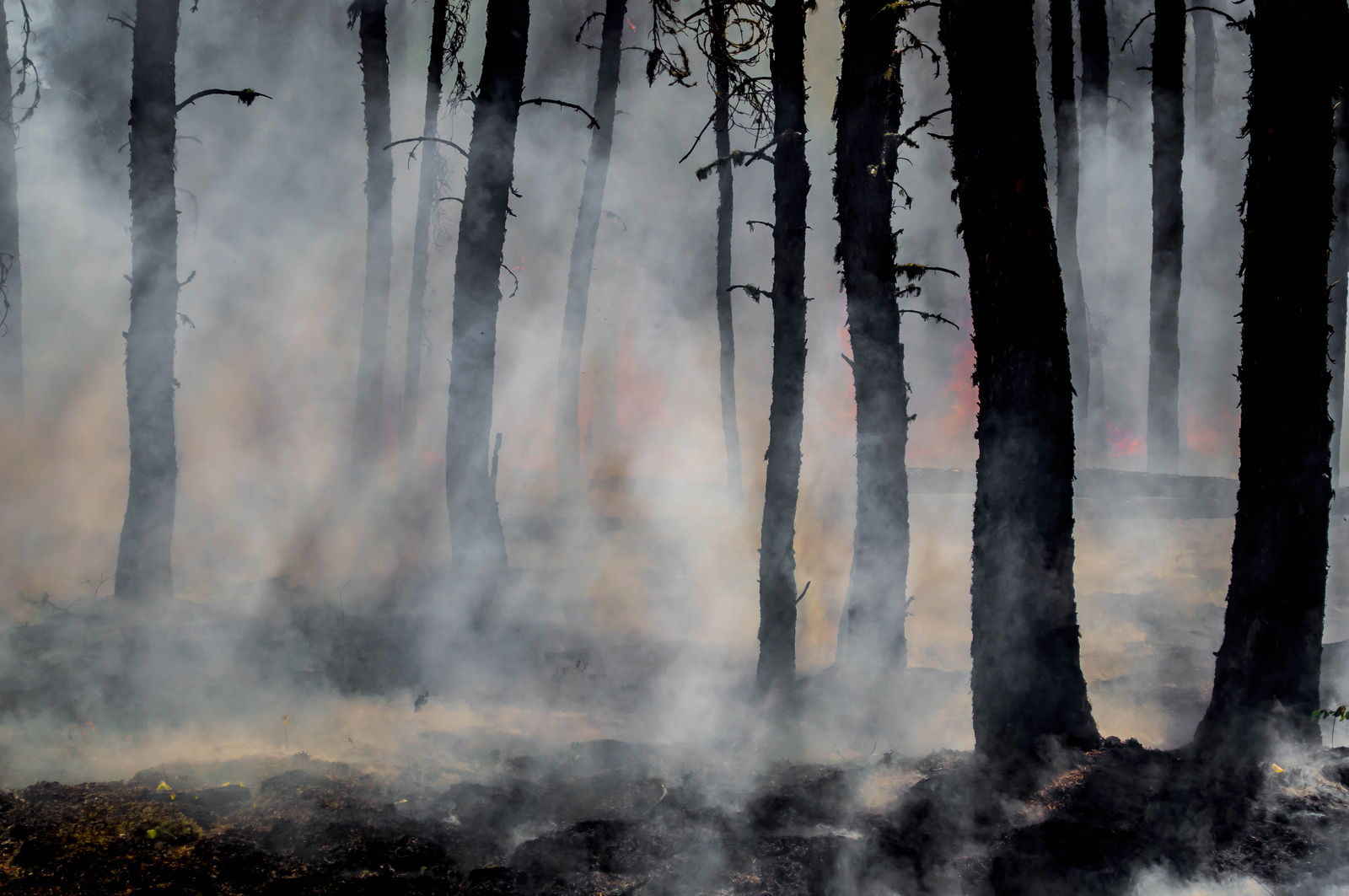
Wildfires can cause extensive damage to natural environments. They destroy vegetation, including trees, shrubs, and grasslands, leading to habitat loss and disruption of ecosystems. The loss of vegetation can result in soil erosion, alteration of nutrient cycles, and changes in water quality and availability. It may take years or even decades for ecosystems to recover.
Wildfires release large amounts of smoke, ash, and pollutants into the atmosphere. These emissions can significantly degrade air quality, leading to respiratory issues and other health problems for humans and wildlife. The smoke can travel long distances, affecting not only areas close to the fire but also neighboring regions.
Wildfires contribute to climate change through the release of greenhouse gases, such as carbon dioxide and methane, into the atmosphere. The carbon stored in vegetation and forests is released as these areas burn, adding to the overall carbon emissions. This feedback loop can further exacerbate climate change and its associated impacts.
Wildfires can result in the destruction of homes, infrastructure, and property, leading to significant economic losses. Communities near fire-prone areas are particularly vulnerable, and the rebuilding process can be challenging and costly.
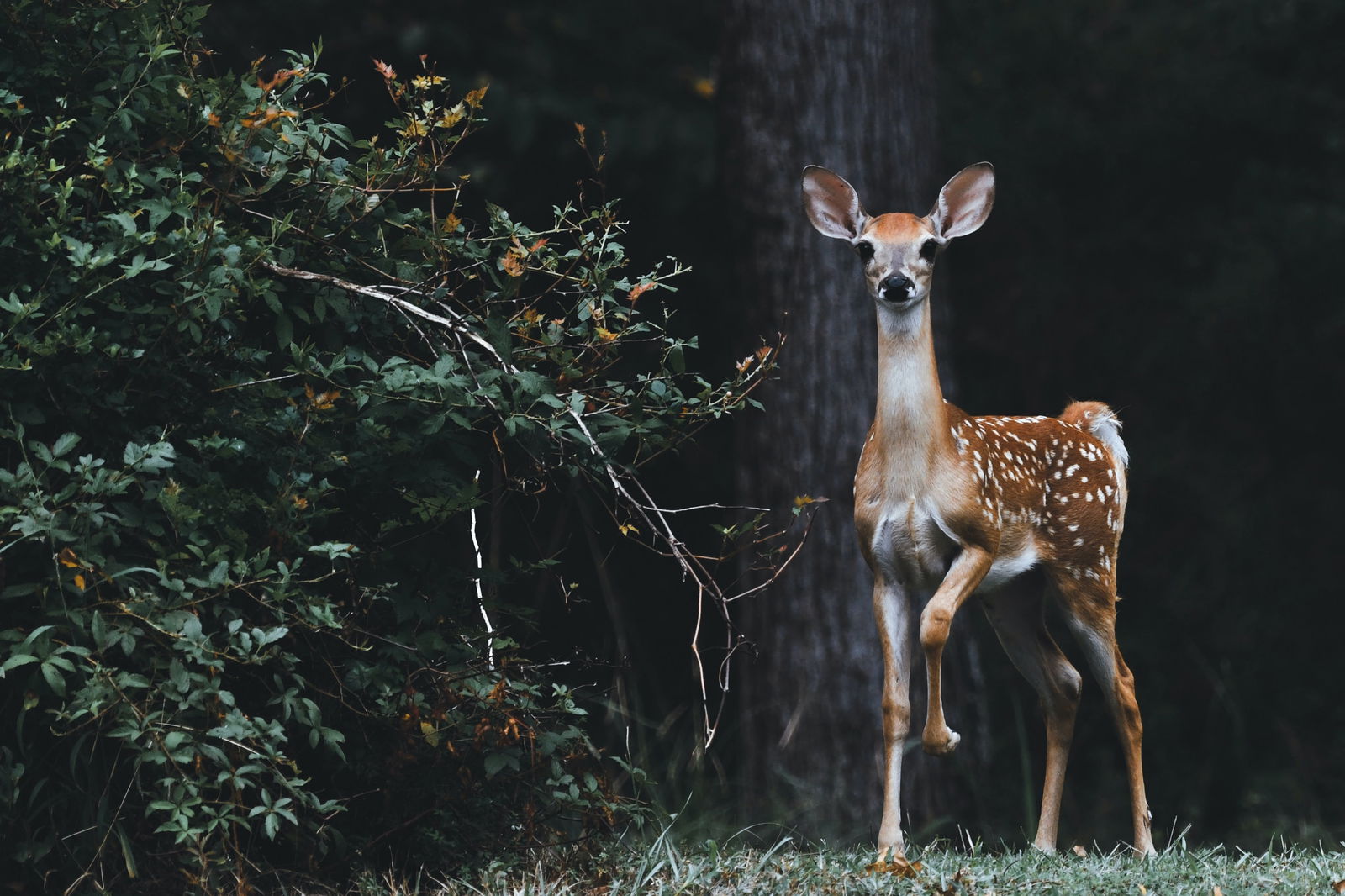
The impact of wildfires on wildlife and biodiversity is substantial. Many animals may not be able to escape fast-moving fires, leading to loss of life and displacement. The destruction of habitats can disrupt the balance of ecosystems and have long-term consequences for wildlife populations and biodiversity.
Wildfires can degrade water quality and impact water sources. The loss of vegetation and soil erosion can result in increased sedimentation and runoff, affecting waterways and reservoirs. This can lead to water contamination, reduced water availability, and affect aquatic ecosystems.

The smoke and pollutants emitted by wildfires can have detrimental effects on human health. Fine particulate matter in the smoke can cause respiratory problems, aggravate existing conditions, and increase the risk of cardiovascular diseases. Long-term exposure to smoke can have lingering health impacts on affected communities. According to the World Health Organization, wildfires and volcanic activities affected more than six million people between 1998-2017. Wildfires and volcanic activities also killed more than 2,000 people globally within the same period.
Wildfires are most common in regions with dry climates, abundant vegetation, and history of fire-prone ecosystems. This includes areas such as Mediterranean countries (e.g., Spain, Greece), parts of Australia, the western United States (California, Oregon), and some regions in South Africa and South America (Brazil).

By implementing these preventive measures, we can significantly reduce the occurrence and impact of fires caused by human activities and natural factors.
According to EARTH.ORG, the 2003 Siberian Taiga Fires were the biggest in history, burning more than 50 million acres.
The most common causes of wildfires include human activities, such as discarded cigarettes, unattended campfires, equipment sparks, and natural phenomena like lightning strikes. These ignition sources, combined with dry vegetation and favorable weather conditions, contribute to the majority of wildfires worldwide.
Wildfires often impact communities living in fire-prone areas the most. While wildfires affect a wide range of stakeholders, these communities face the immediate risks of property damage, displacement, and health hazards. They also have to deal with long-term ecological and economic consequences.
Several countries are prone to severe wildfires, but Australia and the United States are known to experience some of the worst wildfire incidents. Australia, with its vast bushlands and dry climate, has faced devastating bushfires, while the United States, particularly states like California, has a history of large-scale wildfires fueled by dry conditions and strong winds.
Wildfires are a powerful force of nature that can have far-reaching and devastating impacts. They are influenced by a variety of factors, including both human activities and natural phenomena. Understanding the causes of wildfires is crucial in developing effective prevention and mitigation strategies. By implementing proactive measures, promoting fire safety awareness, and fostering responsible behavior, we can work towards minimizing the occurrence and impact of wildfires and protecting our ecosystems, communities, and natural resources.
CBS San Francisco. (2018, June 9). Cal Fire Blames 12 NorCal Wildfires On PG&E Power Lines, Equipment Failures. CBS News. https://www.cbsnews.com/sanfrancisco/news/12-northern-california-wildfires-caused-by-pge-power-lines-equipment-failures/
Igini, M. (2022). Top 12 Largest Wildfires in History | Earth.Org. Earth.Org. https://earth.org/largest-wildfires-in-history/
NCEI.Monitoring.Info@noaa.gov. (n.d.). Annual 2021 Wildfires Report | National Centers for Environmental Information (NCEI). https://www.ncei.noaa.gov/access/monitoring/monthly-report/fire/202113
Pérez-Invernón, F. J. (2023, February 10). Changes in patterns of wildfires caused by lightning strikes due to climate change. Nature Portfolio Earth and Environment Community. https://earthenvironmentcommunity.nature.com/posts/changes-in-patterns-of-wildfires-caused-by-lightning-strikes-due-to-climate-change
World Health Organization: WHO. (2019). Wildfires. www.who.int. https://www.who.int/health-topics/wildfires#tab=tab_1
Barnabé Colin

Biodiversity · Nature
illuminem briefings

Biodiversity · Nature
Gokul Shekar

Effects · Climate Change
The Washington Post

Biodiversity · Nature
The Ecologist

Pollution · Public Governance
World Economic Forum

Green Tech · Nature